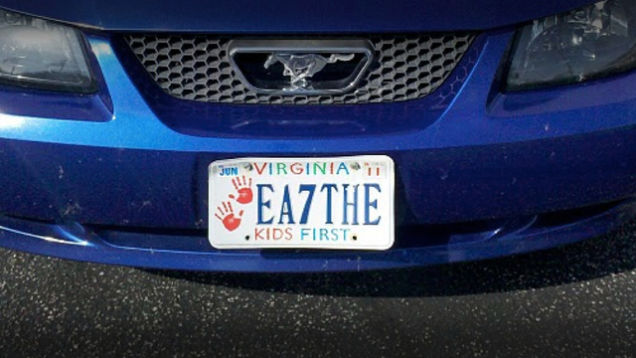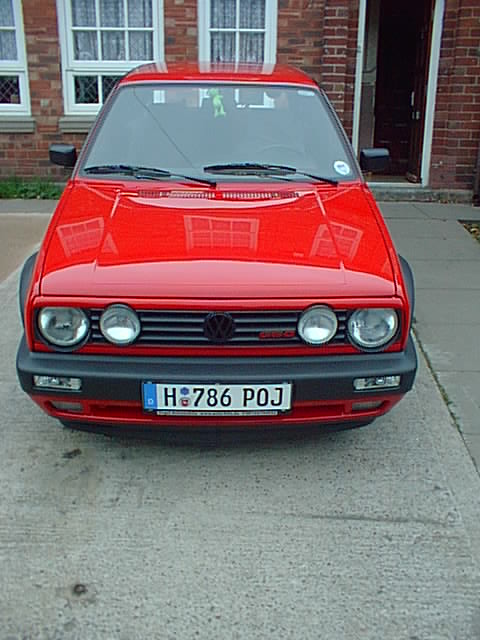nayr
IPCT Contributor
@nayr: Thanks for sharing your ALPR experiences in these threads. I'm curious what fraction of the traffic you see gives you a readable plate? I did some casual tests using some of my frame grabs at http://www.openalpr.com/demo-image.html but only got a few to work. Probably I have too much of an angle to the road.
Almost never does it miss capturing a plate, I'd say 99% or better from my observations.. presuming its there, any time a car gone by and it has not registered a plate I reviewed the footage and found it had no visible plate, likely a temporary tag or something non-reflective.. I typically get 3-4 captures from most traffic, alot more for really slow traffic.
OpenALPR has minimum and max size filters you can tune, so it will ignore objects that are clearly not plates.. those parameters will need to be tuned..
I am feeding it 4MP video though.. those images on that page are not realistic.. use these ones they provide:





